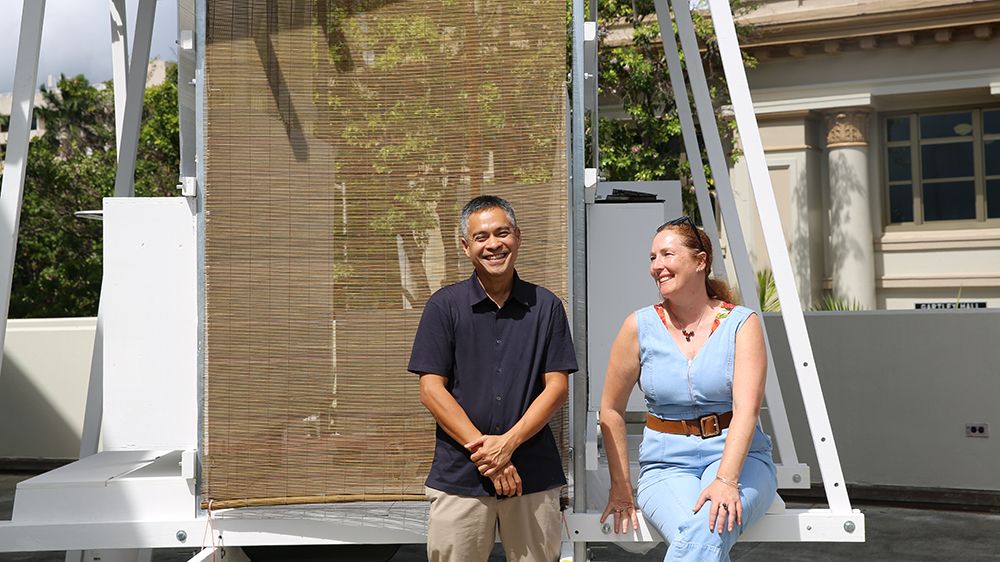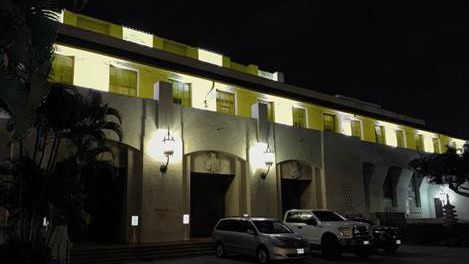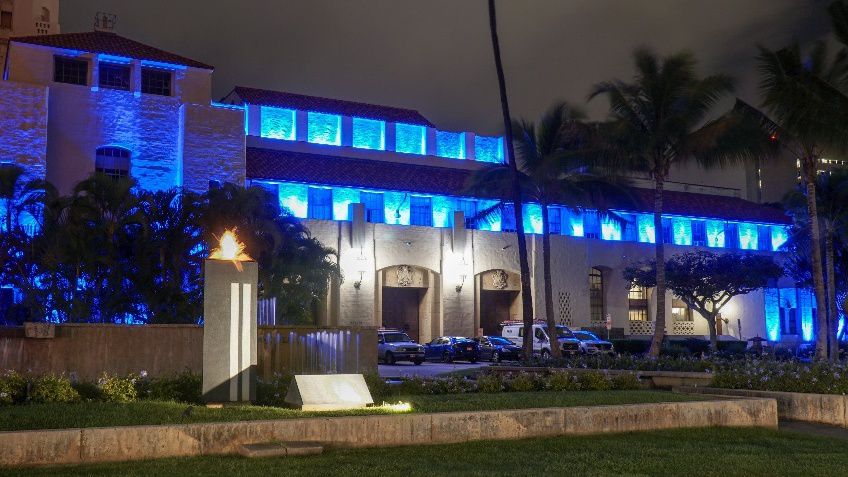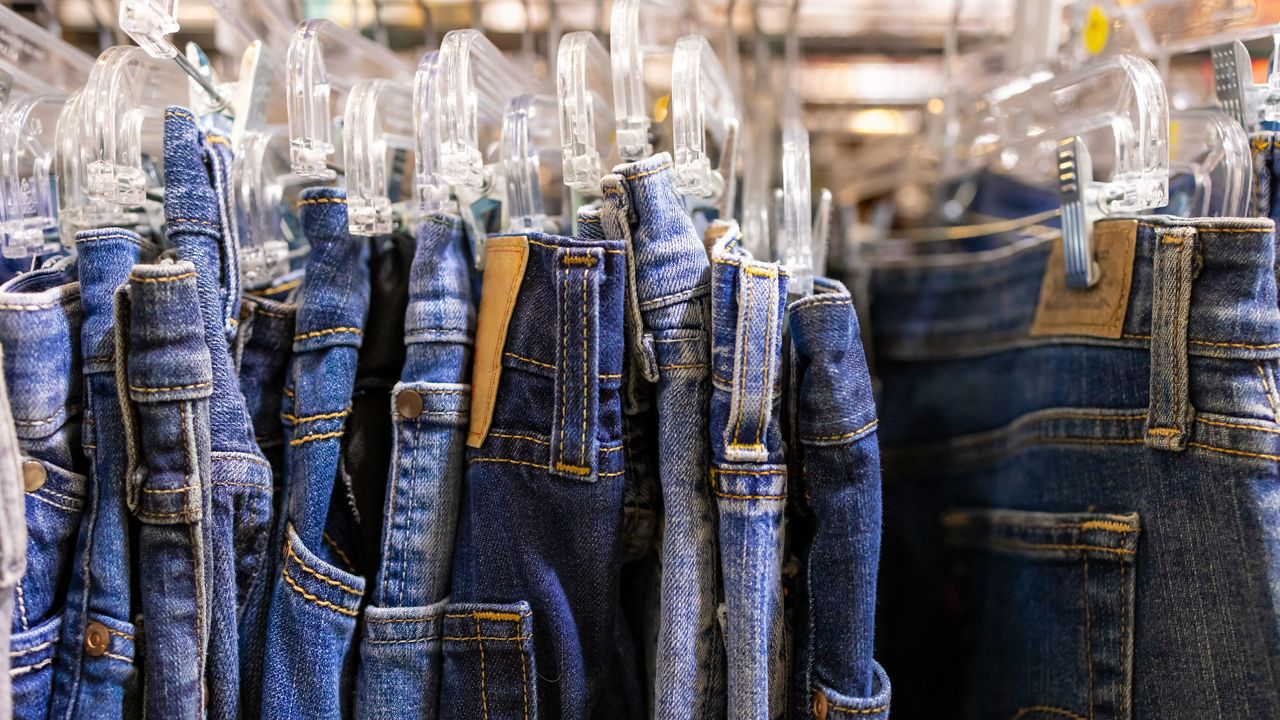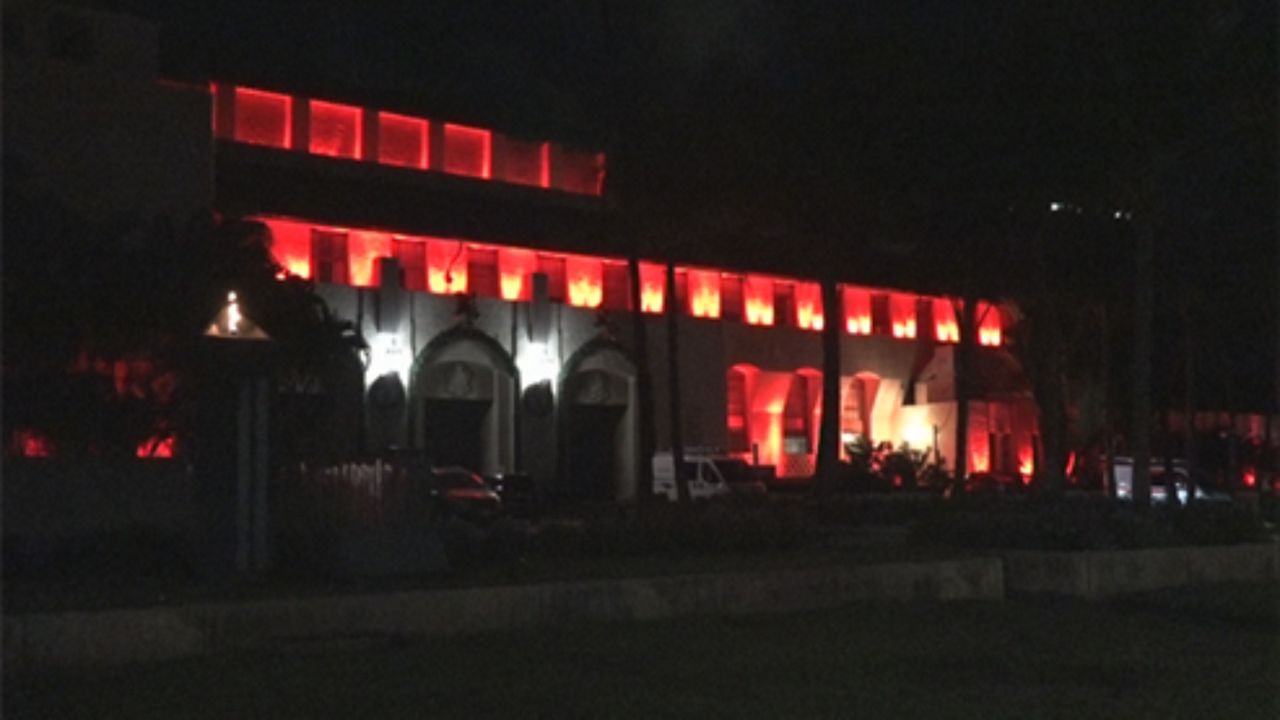HONOLULU — The Hawaii Emergency Management Agency and University of Hawaii at Manoa teamed up to successfully design a prototype of a temporary shelter that’s quick and simple to build, uses inexpensive parts and is compact to store until needed. It was dubbed the “Wiki Hale” by the UH School of Architecture students who created it.
“The Wiki Hale is a post-disaster temporary housing unit prototype design,” said Amber Ternus, specialist with the HI-EMA resilience branch and project lead for the state. Ternus works on projects designed to bolster the state’s ability to recover from disaster.
Surrounded by the Pacific Ocean and situated over 2,000 miles from the U.S. Mainland, the Hawaiian Islands depend on a delicate supply chain that could be easily disrupted should a hurricane or tsunami strike.
On the Mainland, mobile homes are often trucked in to areas for temporary housing after a disaster. It’s not as easy for remote Hawaii. The two primary points of entry for goods — the Port of Honolulu and the Daniel K. Inouye International Airport — are vulnerable to coastal events.
“Hawaii has been fortunate over the past few decades and avoided the very destructive major events with widespread damage that we’re most concerned about as emergency managers,” said David Lopez, HI-EMA’s executive officer, according to a release. “An event like that could create a huge need for shelter, but it also could make it much harder to rely on outside resources to provide that shelter. The partnership with UH gave us an opportunity to explore a uniquely Hawaii solution to the specific challenges we face here.”
According to Ternus, UH Manoa Assistant Professor Bundit Kanisthakhon readily took on the challenge of creating a prototype design for a post-disaster housing unit. He restructured his ARCH 201 class to focus on designing a unit with Hawaii’s climate in mind.
“We centered all the design decisions around living in a tropical environment, living somewhere that has a high amount of sun, humidity and rain,” said Ternus.
More importantly, the unit will only cost about $2,000. Ternus said they wanted something that would be practical for people to use when resources are limited. The units can also be built as communities with shared kitchen spaces and house residents for weeks or months during the recovery period after a major disaster.
The prototype is currently the only one of its kind, but the UH team has made the plans open-source so anyone can get the materials and build one. They will also continue refining the unit and design to create more options.
Kanisthakhon said he hopes the Wiki Hale will act as a starting point for other designs ideally suited for Hawaii’s environment.
Sarah Yamanaka is a digital journalist for Spectrum News Hawaii. Read more of her stories here.





